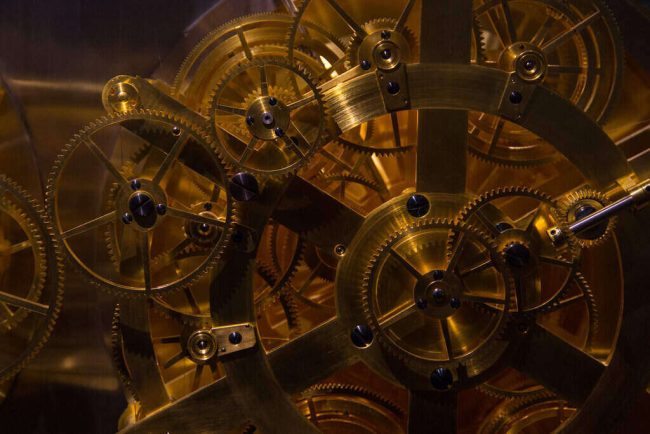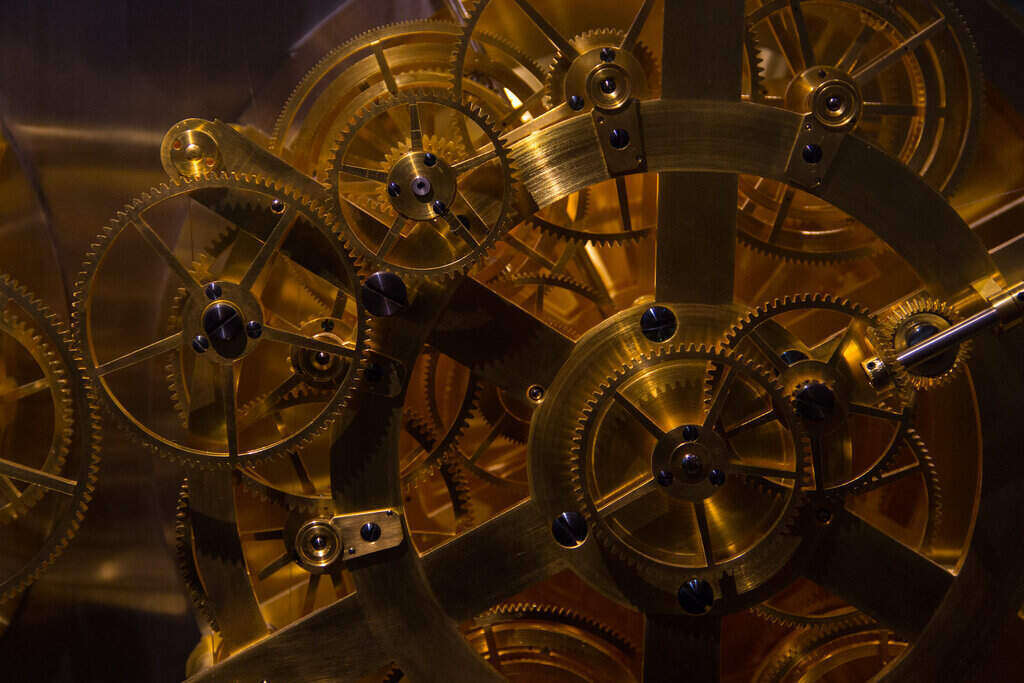|
Getting your Trinity Audio player ready...
|

An extremely sensitive atomic clock has pinpointed the speed up of general relativity; this is when a clock ticks faster the farther one is from Earth or another big object. This speedup was across a millimeter-sized sample of atoms that uncovered the effect over a minor height difference than ever uncovered before. In September, researchers reported that time did move roughly faster at the top of the sample than it did towards the bottom, according to Science News.
A theoretical physicist, Marianna Safronova of the University of Delaware in Newark, explained that she believed it would take longer than expected to get to this point of precision. She exclaimed, “This is fantastic!”
What This Means

The maximum precision of the atomic clock’s measurement hints at the possibility of the sensitive timepieces being used to test fundamental ideas in the subject of physics.
In the study done by physicist Jun Ye of JILA in Boulder, Colorado, and colleagues utilized a clock composed of around one hundred thousand ultracold strontium atoms that met this precision. These atoms were organized sitting in a “series of different heights as if standing on the rungs of a ladder,” also known as a lattice. The shift was revealed when mapping out exactly how the frequency changed over the different heights. Then, following the correction for non-gravitational effects that could shift the frequency, it was discovered the clock’s frequency was altered by approximately a hundredth of a quadrillionth of a percent above a millimeter. This measurement was the awaited amount according to general relativity, according to Science News.
The thing that makes this study the most clear-cut frequency comparison ever performed is the scientist’s discovery of their technique that measured the relative ticking rates to a precise amount of 0.76 millionths of a trillionth of a percent. This was determined after taking data for approximately 90 hours by comparing the ticking of the lower and upper portions of the clock.
Theoretical physicist of the University of New South Wales in Sydney stated how the measurements’ preciseness could suggest future probabilities. An example he gives of a possibility arising out of the atomic clock’s preciseness is the utilization of atomic clocks to search for “dark matter.” Dark matter is defined as this “stealthy, unidentified substance that lurks invisibly in the cosmos.” With this new study, many discoveries can be made in regards to time with clocks.
Written by Ke’Lena Thomas
Edited by Cathy Milne-Ware
Sources:
Science News: An atomic clock measured how general relativity warps time across a millimeter; by Emily Conover
Featured and Top Image Courtesy of Aaron Yoo’s Flickr Page – Creative Commons License
Inset Image Courtesy of Cezary Borysiuk’s Flickr Page – Creative Commons License



